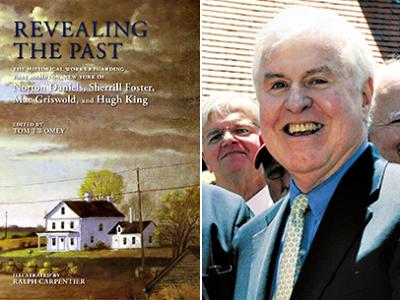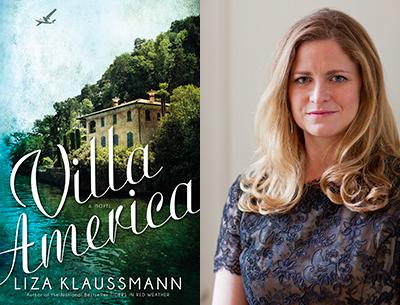Book Markers 11.05.15
Book Markers 11.05.15
The Pushcart Prize’s 40th
It’ll be big doings for the Pushcart Prize’s 40th anniversary and the official hailing of the release of the new Pushcart anthology, “Pushcart Prize XL: Best of the Small Presses.” Dig, in other words, the literary lineup of readers set for Friday, Nov. 13, at the Village Community School in Manhattan: Colum McCann, Sharon Olds, Zadie Smith, Jonathan Galassi, Mary Karr, Ben Marcus, and Philip Schultz of East Hampton, the Pulitzer Prize-winning poet who runs the Writers Studio, which is co-sponsoring the evening.
Bill Henderson, who lives in Springs, the Pushcart founder and the editor of the anthology, will handle the introductions. The start time is 7 p.m., and the cost is $10 at the door. The school is on West 10th between Greenwich and Washington Streets.
From Adoption’s Fault Lines
Lorraine Dusky’s new book, “Hole in My Heart,” is called a “memoir and report from the fault lines of adoption,” coming in the wake, though somewhat distantly, of “Birthmark,” published in 1979, in which she explored the difficulties of a mother’s having given up a child for adoption. In brief, Ms. Dusky, a resident of Sag Harbor, saw her daughter adopted in the 1960s and then sought reunion with her in the 1980s, when successfully doing so was rare. For the daughter with two families, complications, to put it mildly, followed.
Ms. Dusky will discuss it all on Nov. 7 at 3 p.m. at the John Jermain Memorial Library in Sag Harbor, which has said that the author, who “became an outspoken leader in adoption reform and adoptee rights,” will also “touch on the political issues surrounding adoption today.”





